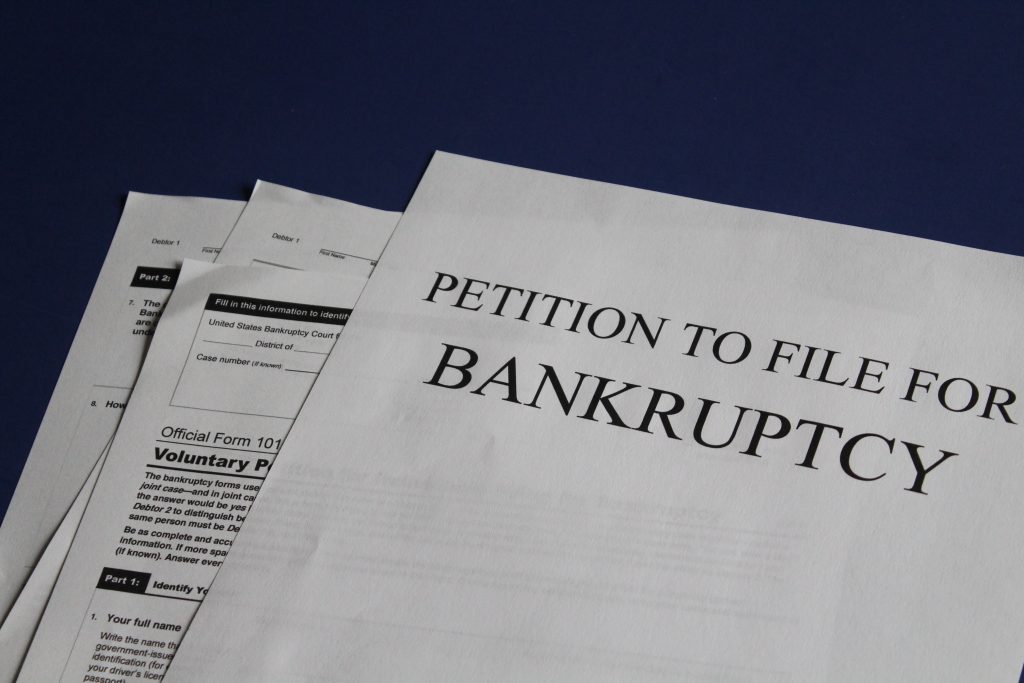

 Business valuation is a prophecy of the future. That is, investors typically value a business based on its ability to generate future cash flow. However, with so many uncertainties in the current marketplace, forecasting expected cash flow can be challenging.
Business valuation is a prophecy of the future. That is, investors typically value a business based on its ability to generate future cash flow. However, with so many uncertainties in the current marketplace, forecasting expected cash flow can be challenging.
Income Approach
Under the income approach, the value of a business interest is a function of two variables:
1. Expected economic benefits, and
2. A discount rate based on the risk of the business.
Economic benefits can take many forms, such as earnings before tax, cash flow available to equity investors and cash flow available to equity and debt investors. Likewise, discount rates can take many forms. Examples include the cost of equity or the weighted average cost of capital (WACC).
Common valuation methods falling under the income approach include:
Capitalization of earnings. Under this method, economic benefits for a representative single period are converted to present value through division by a capitalization rate. The cap rate equals the discount rate minus a long-term sustainable growth rate. This technique — sometimes referred to as the capitalized cash flow (CCF) method — is generally most appropriate for mature businesses with predictable earnings and consistent capital structures. It’s also commonly used to value real estate with a predictable stream of net operating income.
Discounted cash flow (DCF). This method derives value by discounting a series of expected cash flows. The “cash flow” at the end of the forecast period is known as the terminal (or residual) value. Terminal value is typically calculated using the market approach or the capitalization of earnings method. It represents how much the company could be sold for at the end of the forecast period, when the company’s operations have, in theory, stabilized.
DCF models are generally more flexible than the capitalization of earnings method. For example, the DCF method is well-suited for high-growth companies and those that expect to alter their capital structure over the short run.
Adjusting for COVID-19 Impact
During the pandemic, many valuation professionals are using DCF models, rather than the capitalization of earnings method, to better capture temporary changes in the marketplace. In addition to detrimental effects of the pandemic, these temporary changes may include benefits from government loans or grants. The appropriate time frame for a DCF analysis depends on how long the subject company expects its operations to be disrupted. Some experts are using two- or three-year DCF models; others prefer to use a longer time frame.
In addition, it’s important for valuators not to double-count COVID-19-related risk factors in both the company’s expected economic benefits and the discount rate.
Evaluating Inputs
A business valuation is only as reliable as the inputs on which it’s based. Business valuation professionals typically rely on management to prepare forecasts. But, in the COVID-19 era, those estimates may not necessarily be reliable. That’s because managers tend to use the prior year’s results as the starting point for forecasting the current year. Then it’s assumed that revenue, variable expenses and working capital will grow at a moderate rate, while fixed expenses will largely remain constant.
However, these simplistic models may no longer be valid in today’s volatile, evolving marketplace. Many businesses — including resorts and casinos, sports venues, schools and movie theaters — have temporarily shut down or scaled back operations during the pandemic. Others are using new methods of distribution or devising pivot strategies to stay afloat. Examples include doctors and therapists who are providing telehealth services, restaurants and retailers that are offering online ordering, delivery and curbside pick-up, and food-processing facilities that are selling directly to consumers rather than to cruise lines and high-end restaurants.
In addition, cost structures have changed for many types of businesses. For example, most white-collar workers are working from home instead of commuting to offices, people of all ages are converting from in-person to online learning, companies are eliminating nonessential travel, and some organizations have become increasingly reluctant to work with overseas suppliers. In the face of a contentious, divisive presidential election, there is also significant uncertainty about the future of federal tax laws and other government regulations.
Which changes will be temporary, and which will last beyond the COVID-19 crisis? No one has a crystal ball, but it’s likely that some changes — including work-from-home arrangements and other cost-cutting measures — will be part of the new normal. Other aspects of everyday life — such as attending sporting events, going on vacations and dining out — are expected to eventually return to normal. But it’s still unclear how long recovery will take.
So, before discounting expected earnings, it’s important to evaluate whether management’s forecasts seem reasonable. Oversimplified models and unrealistic assumptions can lead to valuation errors.
Outside Expertise
Estimating how much cash flow a business will generate is no easy task in today’s unprecedented conditions. A trained valuation professional is atop the latest trends and economic predictions and can help management create comprehensive forecasts that are supported by market evidence, rather than gut instinct and oversimplified assumptions.
The professionals at Advent Valuation Advisors stand ready to help you understand the implications of the pandemic on the value of your business. For more information, please contact us.
© 2020, Powered by Thomson Reuters Checkpoint
















 Price is specific to an individual buyer and seller. It’s the amount of cash (or its equivalent) for which anything is bought, sold or offered for sale. It requires an offer to sell, an acceptance of that offer and an exchange of money (or other property). Some strategic or financial buyers may be willing to pay more than others because they can benefit from economies of scale or synergies that aren’t available to all potential buyers.
Price is specific to an individual buyer and seller. It’s the amount of cash (or its equivalent) for which anything is bought, sold or offered for sale. It requires an offer to sell, an acceptance of that offer and an exchange of money (or other property). Some strategic or financial buyers may be willing to pay more than others because they can benefit from economies of scale or synergies that aren’t available to all potential buyers.
